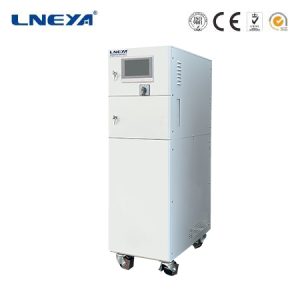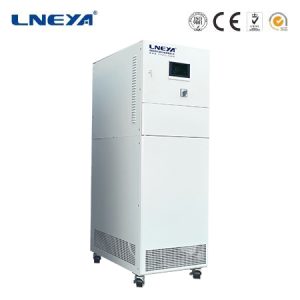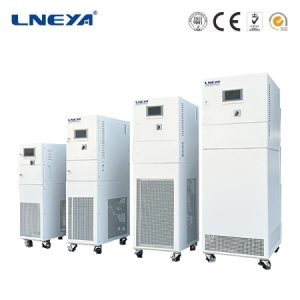Liquid Temperature Control: Principles, Applications, and Advancements
Liquid temperature control systems are essential in maintaining optimal conditions in a variety of industrial and scientific applications. These systems ensure precise temperature regulation, which is crucial for化学反应的进行, electronic device performance, and battery safety. This article provides an in-depth look at the principles behind liquid temperature control, their applications in different industries, and the latest technological advancements in the field.

Principles of Liquid Temperature Control
Liquid temperature control systems operate on the basic principle of heat transfer. They use a liquid coolant that circulates through a heat exchanger or directly around the object or substance requiring temperature control. The coolant absorbs heat, increasing its temperature, and then transfers this heat to a cooler environment or to a secondary coolant, thereby maintaining the desired temperature within the system.
The efficiency of a liquid temperature control system depends on several factors, including the thermal conductivity of the coolant, the design of the heat exchanger, and the control system’s ability to modulate the coolant flow based on temperature feedback. Advanced systems may also incorporate phase-change materials (PCMs) that can store and release thermal energy, providing additional control over temperature fluctuations.
Applications of Liquid Temperature Control
Liquid temperature control systems are used in a wide range of applications:

Chemical Processing: In the chemical industry, liquid temperature control systems are used to maintain precise temperatures for reactions, ensuring optimal yield and product quality.
Electronics Cooling: High-performance electronics, such as servers and power electronics, generate significant amounts of heat. Liquid cooling systems are essential in dissipating this heat and maintaining device reliability.
Battery Management: Lithium-ion batteries, used in electric vehicles and energy storage systems, require careful temperature management to prevent overheating and to extend their lifespan. Liquid cooling systems are increasingly being used in battery thermal management.
Advancements in Liquid Temperature Control Technology
Recent advancements in liquid temperature control technology include:

Immersion Cooling: This technology involves submerging electronic components in a dielectric liquid coolant, providing highly efficient heat transfer and uniform temperature distribution. Immersion cooling is gaining popularity in data centers and high-performance computing applications due to its superior energy efficiency and thermal performance.
Smart Control Algorithms: The integration of advanced control algorithms, such as fuzzy logic and artificial neural networks, allows liquid temperature control systems to respond more accurately and rapidly to changes in temperature, improving overall system performance and energy efficiency.
Conclusion
Liquid temperature control systems are indispensable in maintaining optimal conditions for various industrial processes and scientific experiments. As technology advances, we are seeing more efficient and intelligent systems that can adapt to changing requirements and provide better control over temperature management. Understanding the principles, applications, and recent advancements in liquid temperature control is crucial for industries to optimize their processes and ensure the safety and efficiency of their operations.
 LNEYA
LNEYA
 简体中文
简体中文














































































